THE pruning remains they represent a valuable source of organic material for organic farming. Every year, thousands of tons of branches and leaves are cut and removed from gardens and kitchen gardens, creating an enormous amount of green waste. Usually, we tend to dispose of these vegetation waste, considering them precisely waste. However, it is possible to give a new use to pruned branches, trunks and leaves, productively recycling them to improve soil and plant health, and reducing the need for chemical fertilizers. In fact, it is enough to transform them into compost.
In this article, we will explore how to use pruning residues as a natural fertilizer for organic gardens, providing practical advice and guidance to make the most of this precious resource.
Which pruning residues to choose to make a fertilizer for the vegetable garden
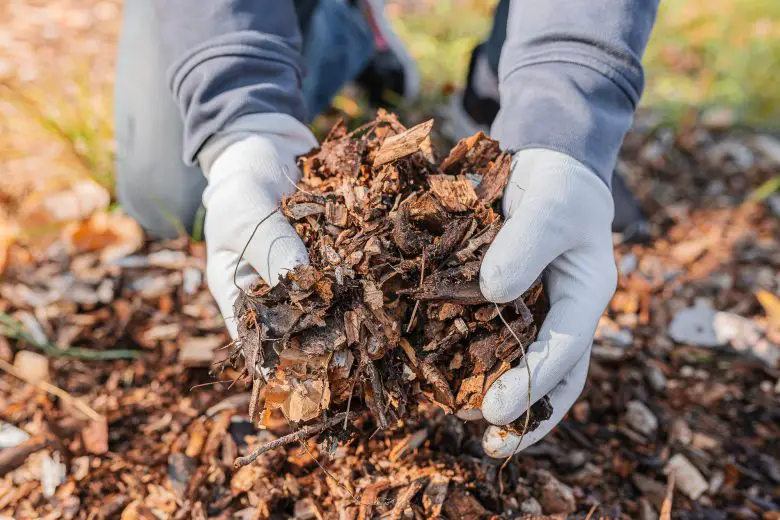
First of all, it is important to know that not all types of wood are suitable for making compost or for fertilizing the soil. Hardwoods, such as oak, beech or elm, are very difficult to decompose and can take years to fully degrade. On the other hand, soft woods, such as those of willow, poplar or alder, or the waste deriving from the pruning of trees fruit trees or of the olive tree they are much easier to compost and can be used as a natural fertilizer quickly and effectively. The first thing to do is therefore to select the softwoods from the pruning remains and cut them into small pieces, preferably no larger than 5-10 cm in diameter. This helps speed up the decomposition process and result in higher quality compost.
Can pruned branches of diseased plants be used for composting?
In general, the use of diseased plant branches for composting is not recommended, as this can promote the spread of pathogens and diseases in the compost and, subsequently, in the soil and the plants growing on it. For proper waste management in organic farming, it is recommended to dispose of them correctly and safelyfor example, burning them or disposing of them as special waste. In this way, the risk of spreading pathogens and diseases in the soil and plants is reduced.
However, if you still want to use the branches of diseased plants for composting, it is important to take some precautions to reduce the spread of disease. First of all, the branches should be shredded as much as possible with the shredder (as we will see later), so as to accelerate the decomposition process and reduce the presence of any pathogens.
Also, it is advisable to mix the branches of diseased plants with other materials for composting, such as dry leaves or straw, in order to dilute the concentration of any pathogens and create a more balanced environment for the decomposition process. Finally, it is important to ensure that the compost reaches high temperatures during its maturation process, as this can help destroy any residual pathogens that are still present.
Use of the shredder to manage pruning residues
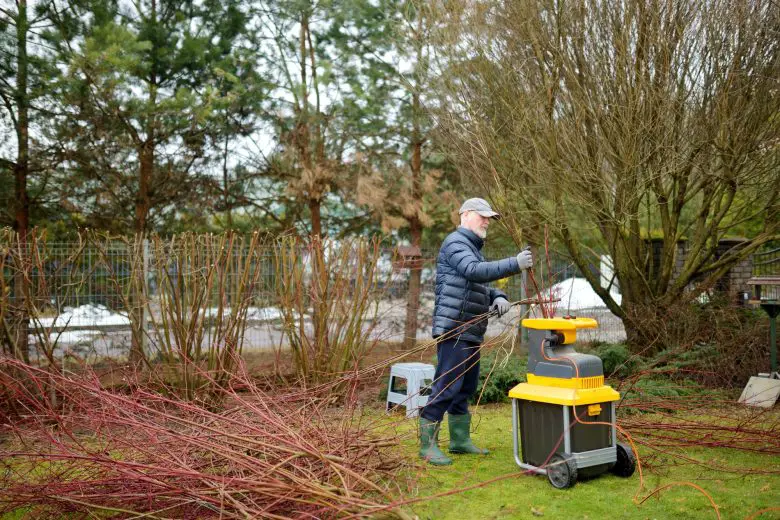
One of the best solutions to manage pruning remains is the use of a bio-shredder or chipper. This tool is designed to shred branches and leaves into small pieces, which can be easily composted or used as a mulch for the soil.
There are two main types of shredders: blade ones and drum ones. Blade shredders work by cutting branches into small pieces, while drum shredders chop them up using a series of rotating blades. Both types of shredders can be powered by hand or by a petrol or electric motor.
Advantages of the shredder
Using the shredder has many advantages. First, it significantly reduces the volume of pruning residues, making it easier to manage. Also, shredding the branches and leaves increases the surface area exposed to air and sunlight, speeding up the decomposition process and producing better quality compost. Finally, the use of the shredder allows you to obtain a source of free organic material for fertilizing the garden. Here you will find different models of garden shredder to choose from, according to your needs
Precautions to be taken when using the shredder
However, it is important to be careful when using the shredder, so always wear protective clothing such as gloves and safety goggles to avoid any injuries. Furthermore, it is advisable to use the shredder in a well-ventilated area to avoid inhaling dust and particles. Finally, it is important to keep your shredder in good condition and clean it regularly to ensure that it works properly.
How to use pruning waste to fertilize the soil
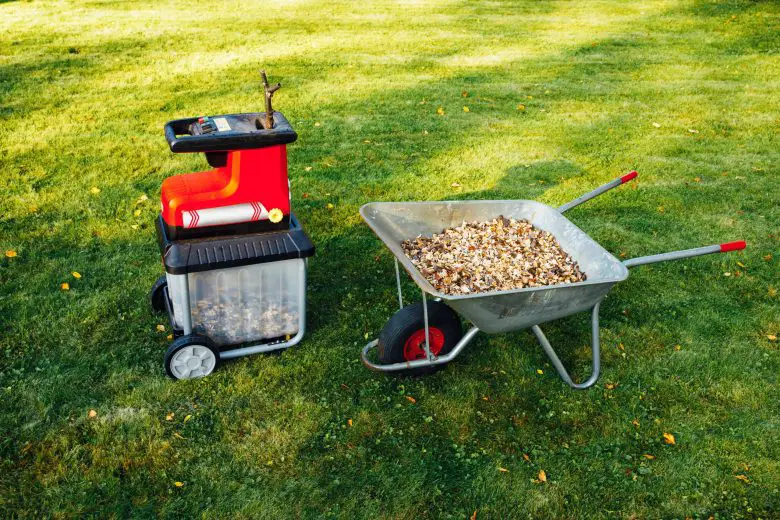
Once you have obtained the pieces of soft wood, you can use them in various ways for fertilizing the soil. One of the most common techniques is to use them as a ground cover or mulch. In this case, the pieces of wood are distributed evenly over the soil surface, forming a layer about 5 cm thick. This layer helps retain soil moisture, reduce evaporation, and protect plant roots from excessive heat.
Furthermore, during the decomposition process, the pieces of wood gradually release nutrients into the soil, nourishing the plants in a natural and sustainable way. However, it is important to note that wood chunks can take several months or even a year to fully decompose and be usable as fertilizer. To speed up the process, other organic materials can also be added to the compost, such as manuredry leaves or grass clippings.
The infusion or decoction of pruning waste
Another way to use pruning remains as a natural fertilizer in the garden is to prepare an infusion or decoction. In this case, the pieces of wood are boiled in water for a few hours, until a nutrient-rich solution is obtained. This liquid can be used to irrigate plants or to fertilize the soil directly, providing an immediate supply of nutrients.
Avoid excess pruning residues
In general, pruning residues represent a precious resource for organic farming and can be used in different ways for soil fertilization and plant nutrition. However, it is important to pay attention to the amount of pruning waste used, as an excess can cause a reduction in the amount of nitrogen in the soil, which could be absorbed by decomposing wood rather than by plants.
To avoid this problem, it is advisable, also in this case, to use the pruning remains together with other organic materials, such as manure, compost or dry leaves. In addition, it is important to distribute the compost from prunings evenly over the soil and not to accumulate it in one area.


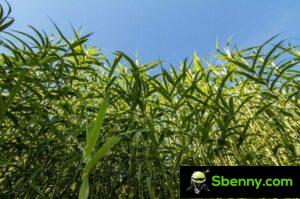
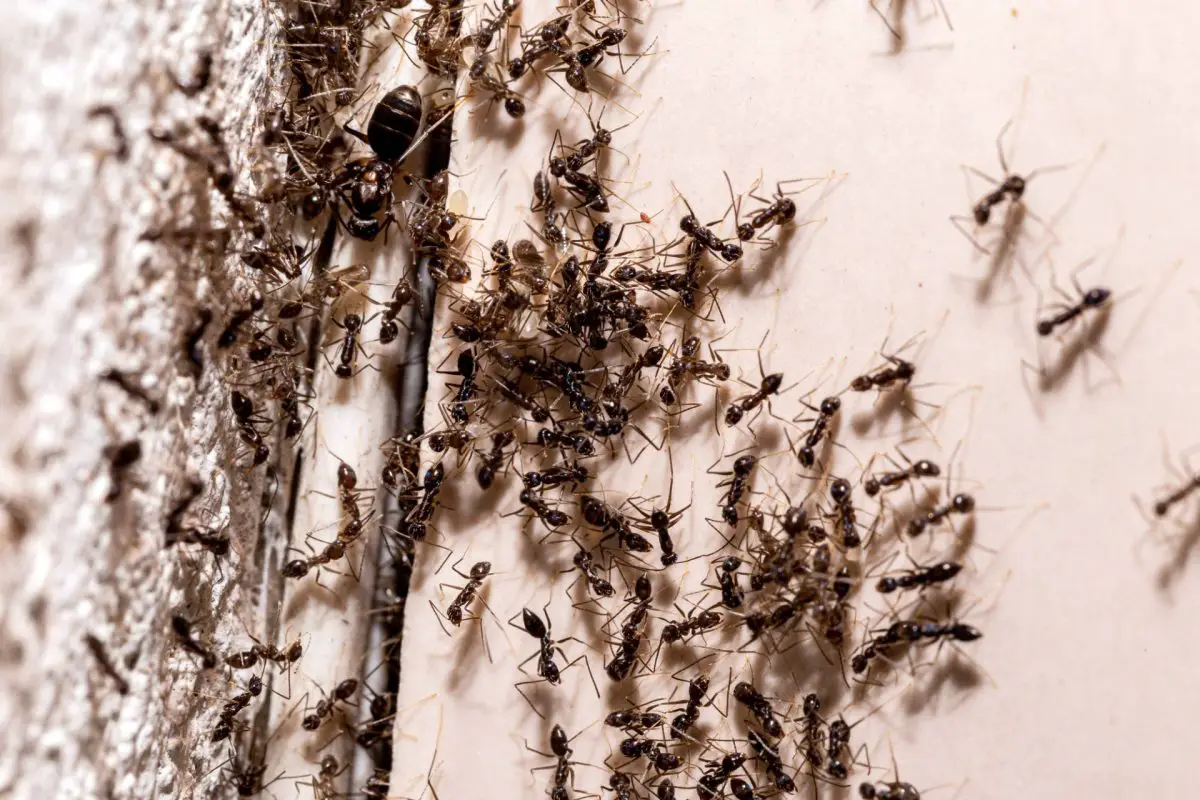
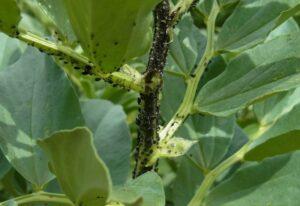
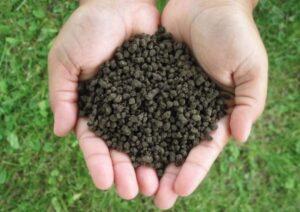
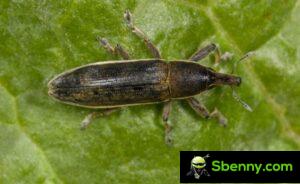
Start a new Thread